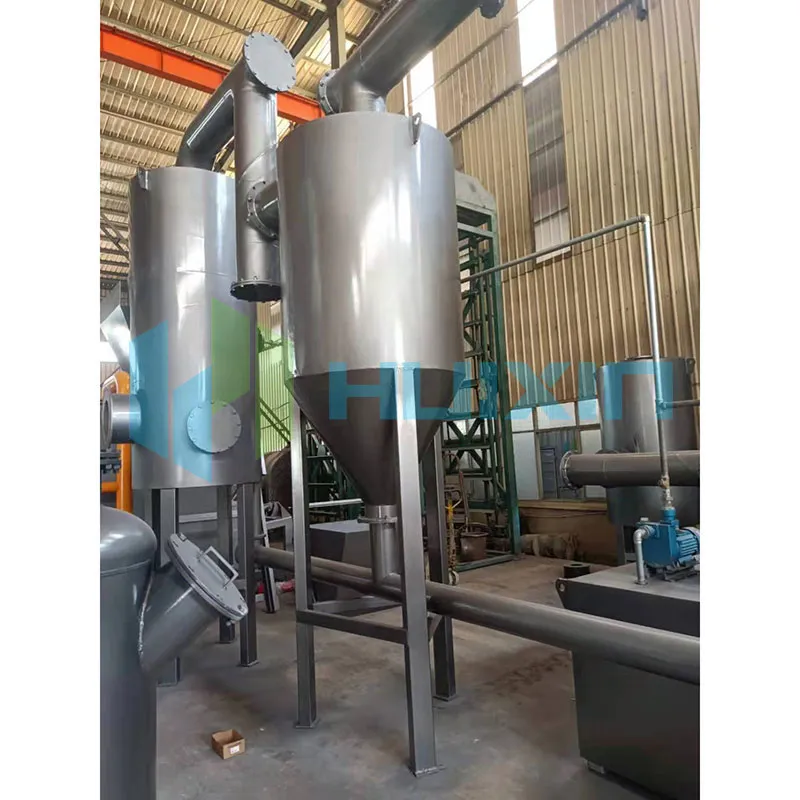How Industrial Cyclone Dust Collection Systems Work and Why They're Essential in Heavy-Duty Applications
2024-11-12
Industrial dust collection systems equipped with cyclone technology play a critical role in maintaining air quality and safety in various heavy-duty industries. In this post, we’ll delve into how cyclone dust collection systems operate and why they’re an essential component of any robust dust management strategy.
Key Points to Cover:
1. Overview of Cyclone Dust Collection Technology
- Explain how a cyclone separator works: creating a high-speed spiral airflow that separates heavy dust particles from lighter particles, allowing for efficient separation.
- Discuss the mechanical principle of centrifugal force in cyclones and how it reduces the load on subsequent filtration stages.
2. Components of an Industrial Cyclone Dust Collection System
- Highlight the main components: cyclone separator, blower, collection bins, and optional secondary filters.
- Discuss the significance of each component in maintaining airflow, minimizing wear and tear, and extending system lifespan.
3. Benefits of Cyclone Dust Collectors for Industrial Applications
- Outline the benefits, such as high-efficiency particle separation, low maintenance, and reduced risk of filter clogging.
- Emphasize the system's ability to handle large volumes of dust and particulate matter, making it ideal for industries like woodworking, metalworking, mining, and agriculture.
4. Key Applications for Cyclone Dust Collection Systems
- Cover industries and scenarios where cyclone dust collectors are particularly beneficial, from sawmills and machine shops to chemical processing plants.
- Explain how cyclones are suited to environments with abrasive, heavy dust particles and frequent, high-volume dust production.
5. Environmental and Safety Impacts
- Discuss how cyclone dust collectors improve workplace air quality and help facilities comply with environmental standards.
- Explain how they reduce fire hazards associated with combustible dust.
By understanding the design, functionality, and benefits of cyclone dust collection systems, readers can gain insight into why this technology is indispensable for effective industrial dust management.



